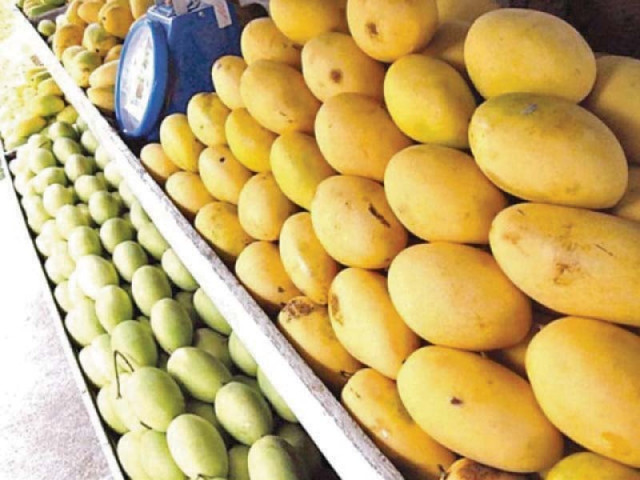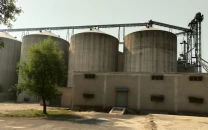Punjab plans to use fruit, corn waste as animal feed
Can purchase mango waste from processing units for producing fodder

The quantity of mango used in pulp production stands at 320,000 tons in Punjab alone. PHOTO: FILE
Initially, the PLDDB is working on silage and hay production as well as crop and fruit leftovers as part of its nutritious resource management programme.
“Utilisation of crop and fruit waste as feed resources is an area mostly overshadowed in the dairy sector due to multiple reasons,” Dr Masood Parvez, a PLDDB consultant, told The Express Tribune.
Relief measures for agriculture continue
He was of the view that mango seed meal and allied products had significance in diversifying sources of cattle feed. “It is available in fairly abundant quantity throughout the country.”
Mango waste could not be collected from households as it was a cumbersome process. Instead, processing units could be the main source of mango waste for producing animal feed, he added.
The quantity of mango used in pulp production stood at 320,000 tons in Punjab alone and almost 50% of the fruit comprised pulp and the remaining was peel and stone, Parvez said. Increasing livestock numbers and decreasing animal feed resources demand alternative means of animal feed. Corporate entities primarily involved in milk production and processing are continuously complaining about fodder shortage, especially in rainy season, which reduces milk production.
According to PLDDB Senior Manager Dr Wasi Muhammad, there is severe shortage of fodder in the country. “In order to meet this challenge, the PLDDB is working on silage production through fruit waste. We also use maize cob, which is a by-product of the high-yielding cereal crop worldwide,” he added. He said maize was an important crop in Pakistan and was ranked third as a major cereal crop.
“Currently, we are destroying this dynamic natural resource; mostly maize cob is being used in brick kilns that cause environmental pollution. About six million tons of cobs are available in Pakistan for the production of maize cob meal, which is a sustainable and cost-effective feed resource.”
Published in The Express Tribune, July 20th, 2018.
Like Business on Facebook, follow @TribuneBiz on Twitter to stay informed and join in the conversation.



















COMMENTS
Comments are moderated and generally will be posted if they are on-topic and not abusive.
For more information, please see our Comments FAQ